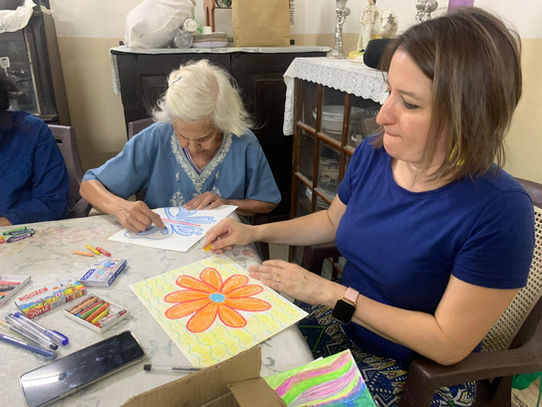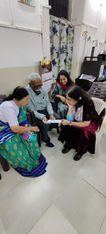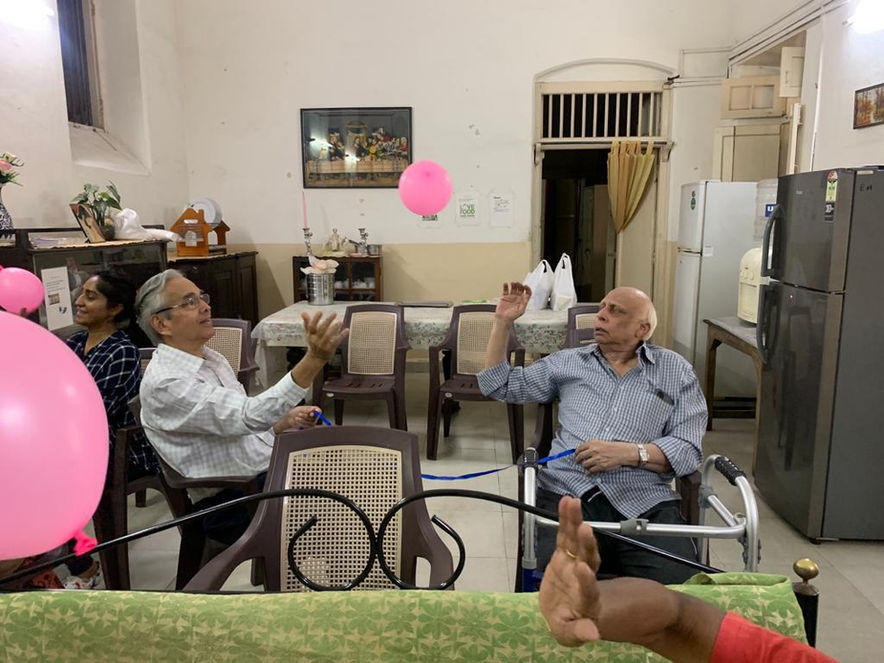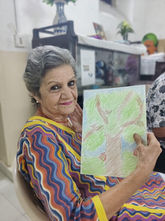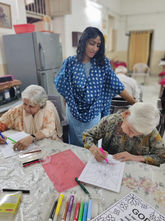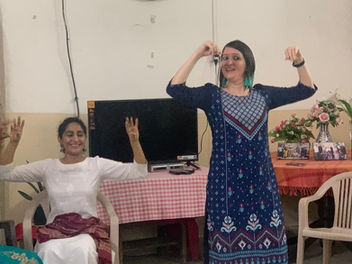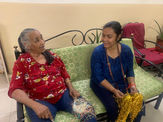
Intergenerational Learning
A type of learning that occurred most naturally and one that did not warrant a terminology or introspection itself is now atrophying. Our oral tradition, which for generations have transmitted invaluable knowledge, art, ideas and culture from one generation to another.
In this digital era, devices have replaced relationships of most kinds. And most of all, a glaring decline in a type of relationship — of all types of relationships — is the one shared between grandparents and grandchildren. Traditionally, we inhabited societies and communities with access to role models around us, even if they weren’t in our family structures as our parents or grandparents or aunts or uncles. Today, however, we have moved on from living in extended families to smaller family units. Societies and communities, formed today, especially by the city-dwelling demographic, too are not conflict-free and harmonious living structures, like they once used to be. These are not support systems with shared values. As city dwelling statistics rise, we inevitably are communities with diversity at its peak and while that would seem like the best attribute of a community to the unassuming, it is also what prompts xenophobia where many perceive diversity as a threat to one's own culture, tradition, practices, diets, language, religion, caste and so on.
The first and most widespread form of human communication — oral tradition — is being hindered by technology. However, paradoxically technology is also credited with fostering intergenerational connectivity. So where are we going wrong? What can we do?
One of O’s efforts is to — with and without technology — enhance and conserve oral history. While one of the flagship efforts by technocrats is to conserve indigenous and intergenerational knowledge using recording devices and making a repository of it to delve into, it is important to weigh in on the shortcomings. Human to human interactions have dropped drastically.
And so, O works with the elderly by organising meaningful and periodic sessions creating opportunities for intergenerational learning. The sessions conducted are extremely informal and social in nature where the seniors and the younger volunteers get to bond where both feel valued, included, build friendships and other meaningful relationships and social connections. This helps to address ageism in a society where the young and old are largely segregated.
Although this is an artificially created environment designed to bring about intergenerational learning, it does mimic the traditional practice where extended families and large communities existed and role models weren’t inaccessible or were confined to celebrities on screens. This helps to squash the illusory intimacy one establishes with a celebrity role-model on screen and acquaint youngsters with the natural world and the keepers of the natural world.
Why is this tradition at threat?
These sessions are a great opportunity to step away from the daily hustle and bustle of life, and get exposed to a language- and movement-rich environment with the elderly; some of whom are exceptional storytellers, artistic, creative, dancers, mighty experienced, witty and above all could be as close, compassionate and warm as family. Would you like to get involved?
One of O's Flagship Programmes Integrating Different Age and Gender Groups is Dance Movement Therapy (DMT) Led By Dance Movement Therapist Renelle Snelleksz

Gallery
DMT and Other Activity Sessions in Progress
